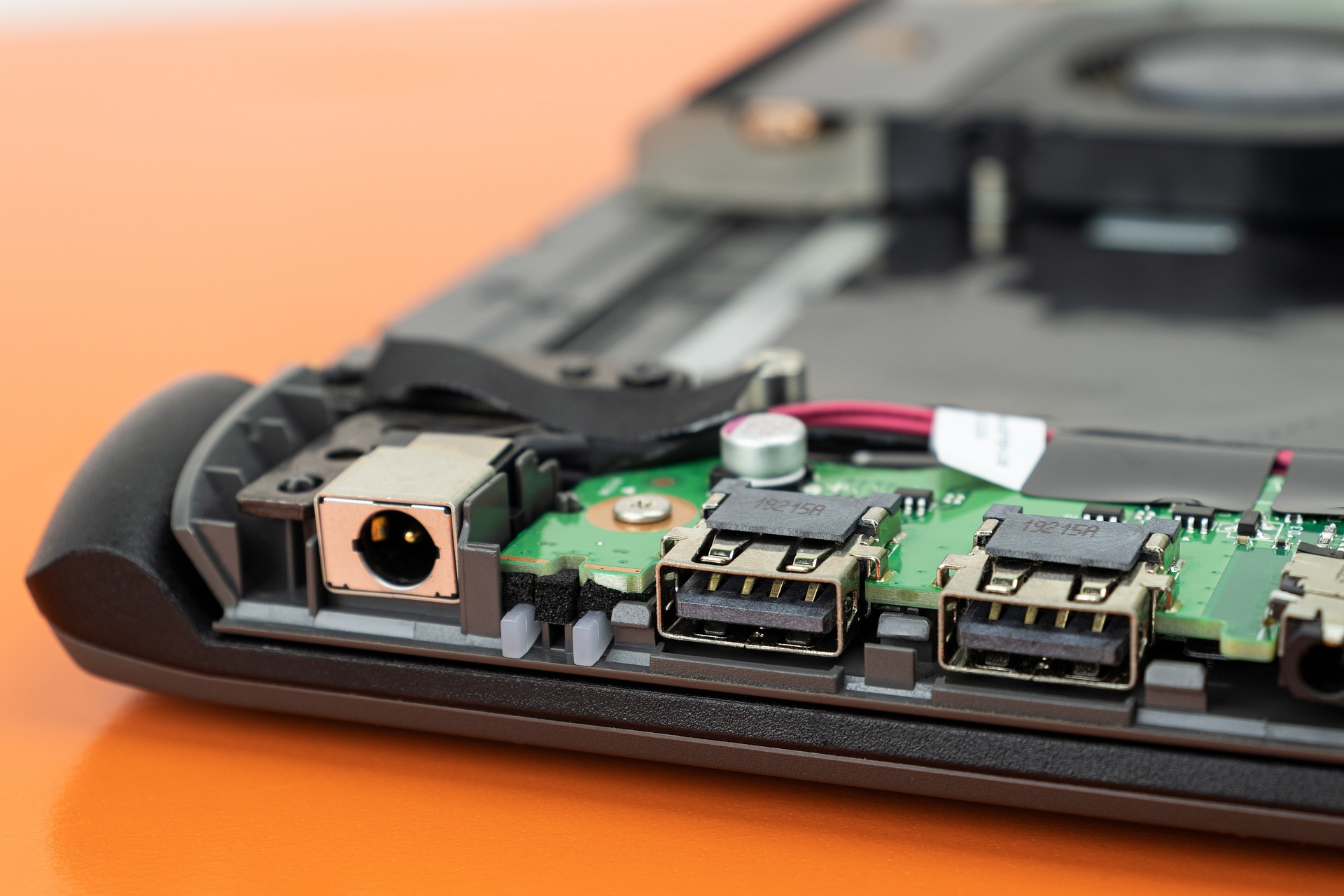The Intricate World of Automotive Paint Technology
Automotive paint technology is a vast and fascinating field that has been evolving over the decades. Amid all the advancements in car manufacturing, the art and science of automotive paint often go unnoticed. However, it is a vital aspect of the automotive industry, impacting both aesthetics and performance.

The Palette of History: The Evolution of Automotive Paint
The journey of automotive paint technology began in the early 20th century. At the dawn of the automobile age, cars were painted in the same way as horse-drawn carriages – with brushes and oil-based paint. In the 1920s, automakers began to use spray guns, drastically reducing painting time. Meanwhile, the introduction of nitrocellulose lacquers offered a broader spectrum of colors, marking the start of the diverse color palette we see on the roads today.
Discovering the Chemistry: Modern Paint Technology
Today, modern automotive paint is a complex blend of resins, solvents, additives, and pigments. The industry is continuously innovating, developing paints with better durability, finish, and environmental performance. The latest advancements include waterborne paints, which significantly reduce solvent emissions, and self-healing paints, which can repair minor scratches and chips on their own.
Driving Trends: The Impact of Consumer Preferences and Regulations
Consumer tastes and regulations heavily influence the trends in automotive paint technology. For instance, the growing interest in sustainability has driven the shift towards eco-friendly paint options. Simultaneously, regulatory bodies worldwide enforce stricter environmental standards, pushing the industry to innovate continually.
Shaping the Future: Nanotechnology and Beyond
The future of automotive paint technology holds promise. One area of research is nanotechnology, where tiny particles are used to create paint with novel properties. This could lead to ‘smart’ paints that change color with temperature or light, or even paints that generate electricity from sunlight.
The Art and Science: Balancing Aesthetics and Function
Automotive paint is more than just a pretty face. It must withstand harsh weather conditions, resist chipping and scratching, and help protect the car’s body from rust and corrosion. Therefore, paint technology must balance aesthetics with practicality, a challenging task that requires both artistic vision and scientific rigor.
In conclusion, automotive paint technology is a complex and vibrant field. It merges art and science, history and innovation, practicality and aesthetics. As the automotive industry continues to evolve, so too does the world of automotive paint, promising an exciting future full of color and innovation.






